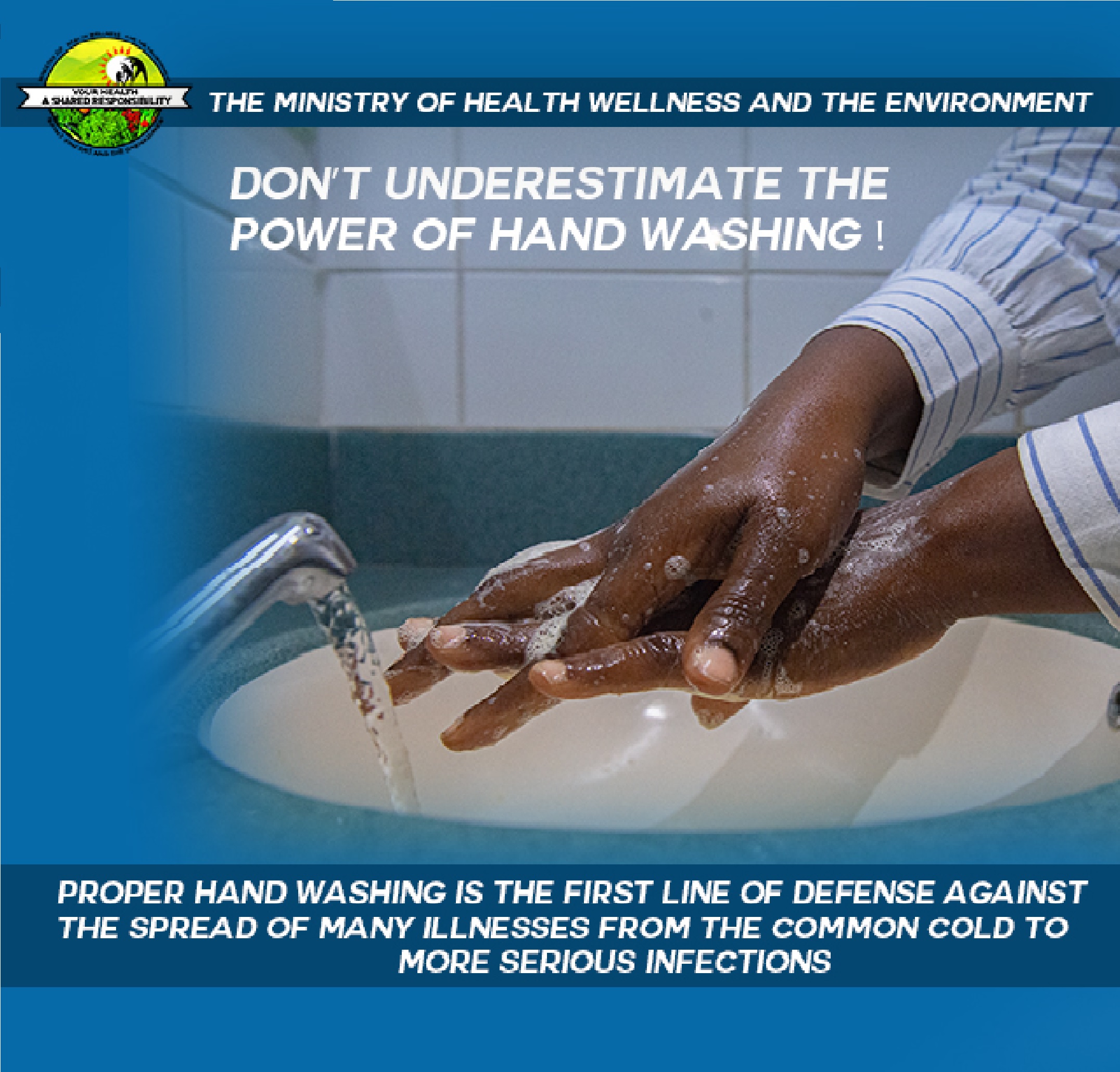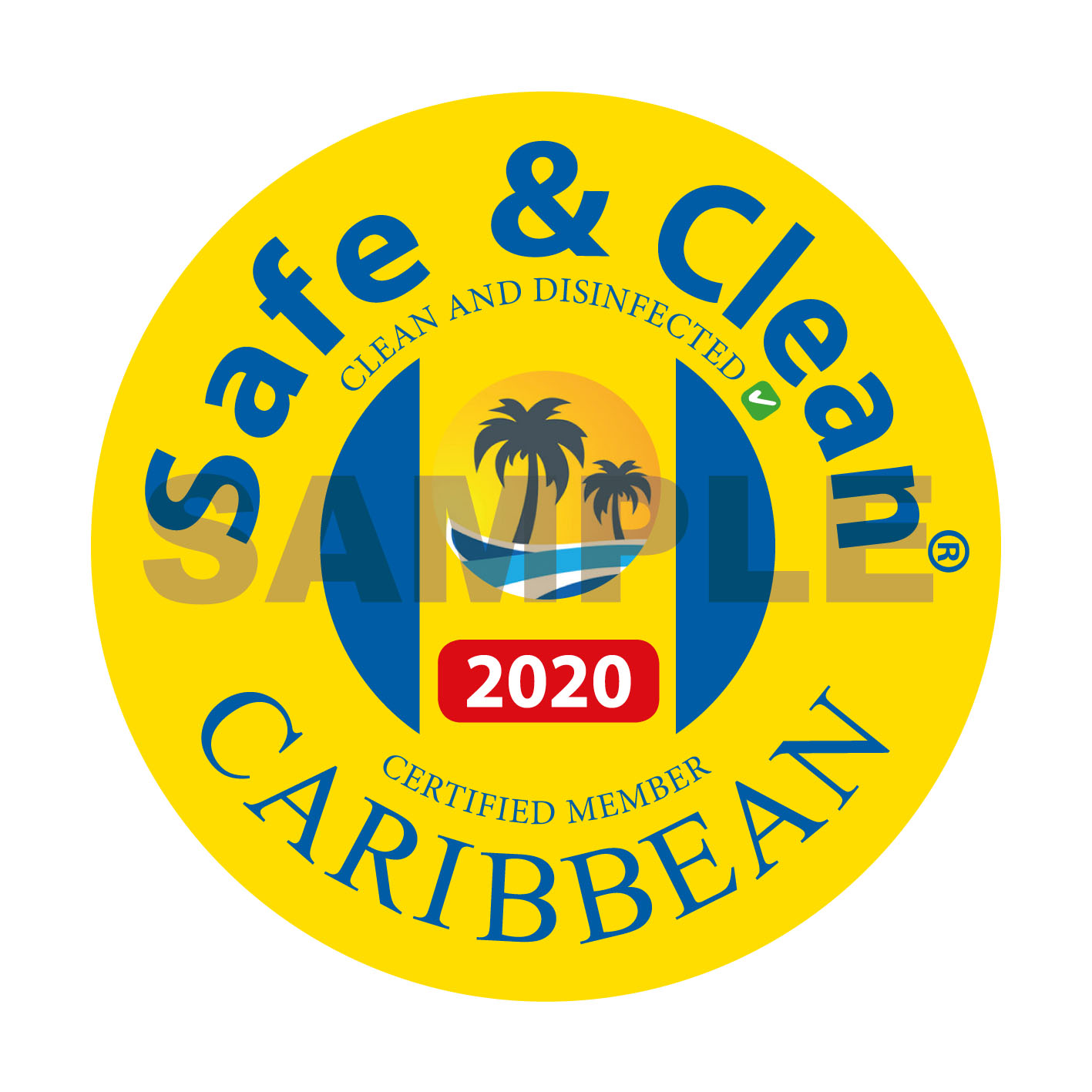The WHO ( World Health Organisation) - Reminder !
Why cleaning is more important than ever ?
Cleanliness has always been top of mind for hosts and guests. But it’s even more critical as we all aim to reduce the spread of infection. According to the WHO, it’s possible for someone to contract COVID-19 by touching a contaminated surface - like a doorknob or light switch - and the virus may live on some surfaces for several hours or even days. That’s why it’s essential to clean and sanitize frequently touched surfaces often, especially between reservations.
 HandwashThe difference between cleaning and sanitizing
HandwashThe difference between cleaning and sanitizing
When it comes to preventing the spread of germs, it helps to understand the difference between cleaning and sanitizing. Cleaning is the act of removing germs, dirt, and impurities (like when you use a soapy sponge to wipe off a visibly dirty counter or stove top). Sanitizing is when you use chemicals to reduce the number of germs and bacteria. By cleaning first, then sanitizing, you can lower the risk of infection.
Telling guests about your enhanced cleaning routine
Guests will want to know about all of the additional steps you’re taking to reduce the spread of infection. So it’s a good idea to mention your enhanced cleaning routine as a certified and awarded member of Safe & Clean in your property description.
Cleaning guidelines
to prevent the spread of COVID-19
We've created the following cleaning checklist based on recommendations from your Health Authority and the Centers for Disease Control and Prevention (CDC).
Keep a copy to refer to while cleaning or provide one for your cleaning professional.
Your Cleaning Checklist
- Ventilate rooms before you clean.
Allow fresh air to circulate for at least 20 minutes. If possible, leave all windows open during the entire cleaning process. - Wash your hands thoroughly before and after each cleaning.
Use soap and water, and scrub for at least 20 seconds. If that is not possible, use a hand sanitizer with at least 60% alcohol. - Wear disposable gloves while you clean.
Gloves should be thrown out after each cleaning. And make sure to wash your hands immediately after gloves are removed. - Stock up on paper towels, disinfectant wipes and other disposable cleaning supplies.
If you prefer to clean with reusable products, machine-wash them at the highest heat setting appropriate for the material. - First clean, then disinfect.
Cleaning is when you use soap or detergent and water to remove dirt, germs and impurities. Disinfecting refers to the use of chemicals like bleach or alcohol to kill germs. Doing both is the best way to reduce the spread of infection. - Use the right disinfectant.
Diluted household bleach solutions, cleaning products with at least 70% alcohol, and most common disinfectants registered by the EPA Environmental Protection Agencies are considered to be effective against the corona virus. - Focus on frequently touched surfaces.
Light switches, doorknobs, remote controls, and faucet handles are just a few of the areas you’ll need to disinfect. - Don’t forget about sofas, rugs, drapes, and other soft, porous surfaces.
Carefully remove any visible dirt or grime, then use the appropriate cleaner for the material. If possible, machine-wash items according to the manufacturer's instructions. - Wash all linens at the highest heat setting recommended by the manufacturer.
That includes bed sheets, mattress covers, hand and bath towels, kitchen towels, and blankets. Wear gloves when handling dirty laundry. - Clean and disinfect laundry baskets and hampers.
Consider using a liner that's either disposable or machine washable. - Empty the vacuum cleaner after every room cleaning.
Disinfect the vacuum cleaner, along with other cleaning appliances like the dishwasher and washing machine. - Remember to check the expiration dates on your supplies.
And never mix household bleach with ammonia or other cleaning solutions-doing so can release toxic gases.
Fruits and vegetables are important components of a healthy diet. Wash them the same way you should do under any circumstance: before handling them, wash your hands with soap and water. Then, wash fruits and vegetables thoroughly with clean water, especially if you eat them raw.

Get Bookings - Fulfil all Requirements of the Safe & Clean Label Certificate


